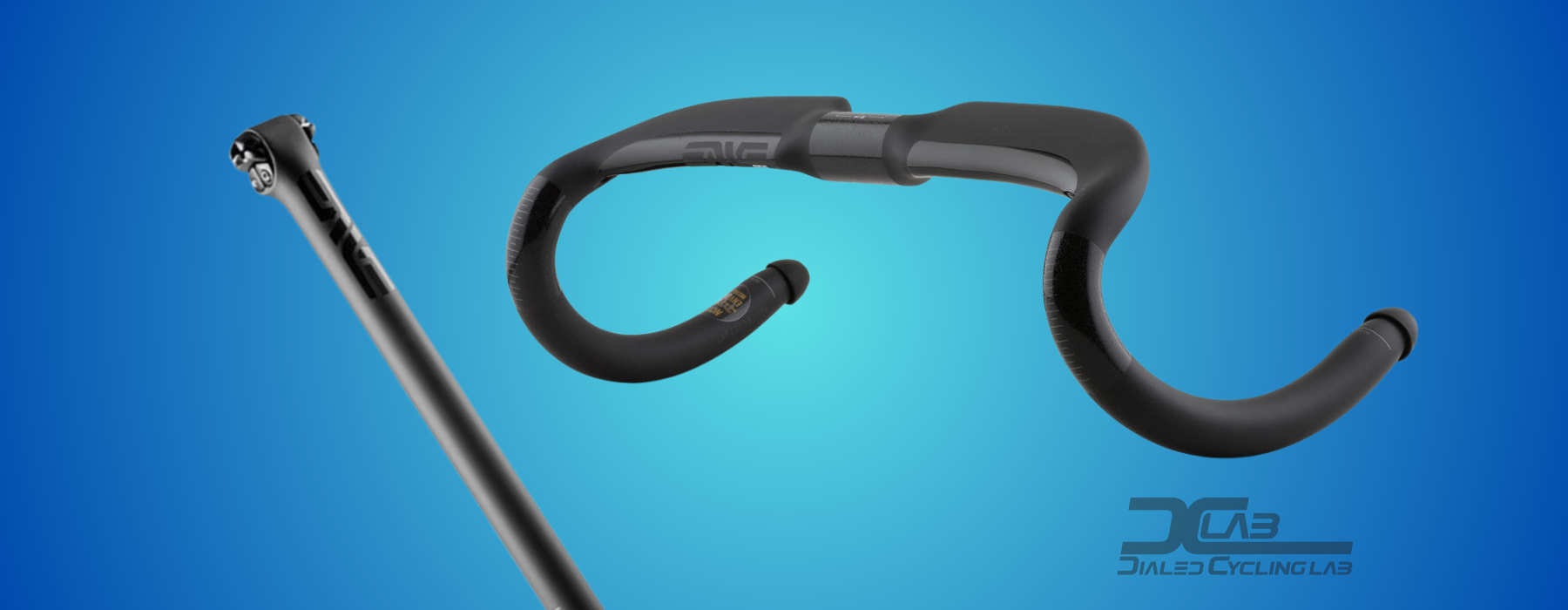
The Whys and Wows of Carbon Seatposts and Handlebars
Hey, you ride bikes, which makes you awesome! This probably means that you also have an awesome bike that could use some sweet upgrades, right? Are you looking to give your trusty steed a high-tech makeover? Let’s talk about swapping out those old metal parts for something a bit more enjoyable. Yes, we’re diving into the world of carbon seatposts and handlebars! Before you scoff and say, “It’s just a bike, not a spaceship,” hear us out. The perks of upgrading to carbon components go beyond mere talk; they’re a solid options that is as tangible and significant as carbon itself.
Light as a Feather, Stiff as a Board: The Weight Advantage
First things first, carbon fiber is like the diet plan of the bike world. It’s all about shedding those extra grams. With carbon handlebars and seatposts, you’re basically turning your bike into a featherweight champion. Perfect for those who like their rides light and zippy – or anyone who’s had to carry their bike up five flights of stairs.
Smooth Sailing on Bumpy Roads: Vibration Damping
Ever felt like you’ve gone a few rounds with a jackhammer after a long ride? Carbon to the rescue! This wonder material is like a built-in shock absorber, soaking up those road vibrations better than a sponge in a rainstorm. Your hands and backside will thank you.
Flexing Those Carbon Muscles: Stiffness and Strength
Don’t let the lightweight fool you – carbon is as tough as they come. It’s like the bodybuilder of bike materials, offering a stiffness that ensures your pedaling power isn’t wasted on wobbly parts. This means more speed and efficiency, and who doesn’t want that?
Shape Shifter: Customization and Tunability
Carbon is not just strong and light; it’s also the fashionista of the bike world. It can be molded into any shape, allowing for aerodynamic designs and targeted flex zones. Whether you’re looking for speed or comfort, there’s a carbon shape to suit your style.
Lookin’ Good: Aesthetic Appeal
Speaking of style, carbon components have that sleek, modern look that can make any bike look like it’s worth a million bucks. It’s the equivalent of putting on a tailored suit or a little black dress – instantly chic!
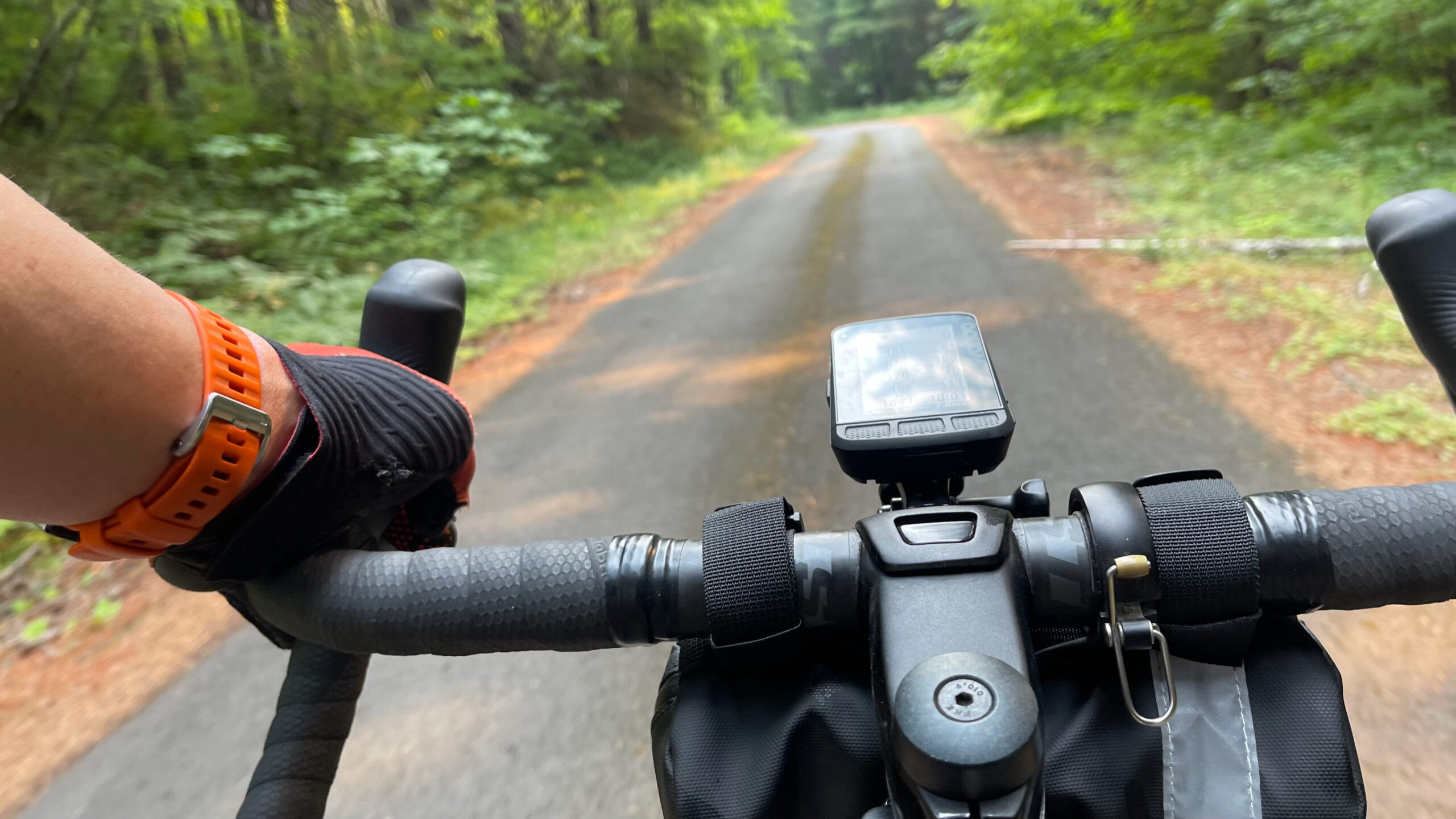
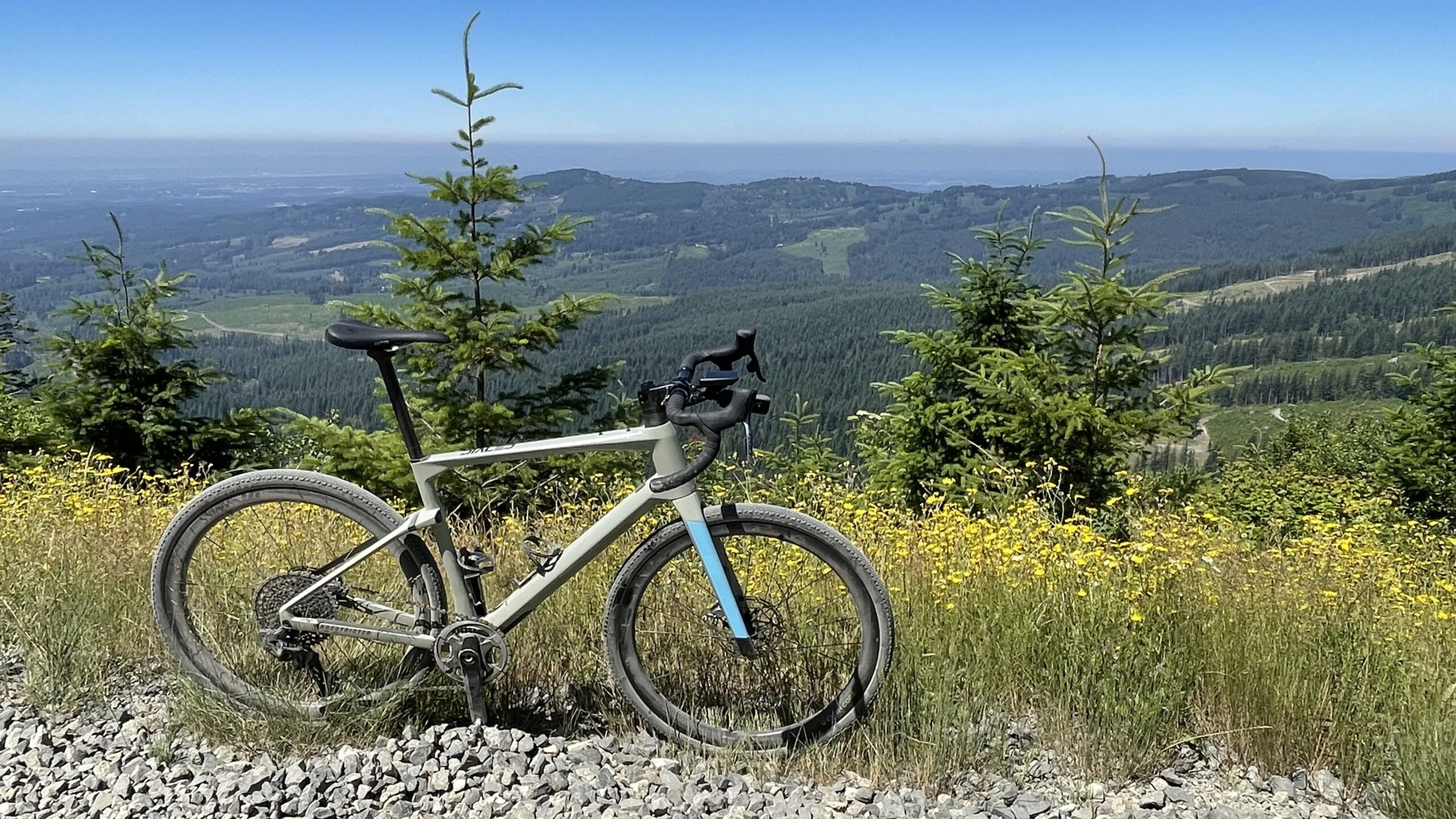
If you’re into or considering gravel riding, carbon seatposts and bars REALLY shine here! Above in my personal BMC URS 01 Gravel Bike that I have personally been riding for many years now. Riding gravel bikes is one of my absolute favorite cycling disciplines and I can say without a shadow of doubt that carbon bars and a carbon seatpost make a world of difference. This is a must have upgrade if you are getting into gravel!
The Long Haul: Longevity and Durability
Carbon doesn’t fatigue or rust, making it a trusty companion for the long haul. Just treat it right (no hurling it off cliffs, please) and it’ll be a loyal part of your cycling adventures for years to come.
So, what are the downsides to carbon seatposts and handlebars?
While carbon seatposts and handlebars offer several advantages, there are also some downsides to consider:
- Cost: Carbon fiber bike components are generally more expensive than their aluminum or steel counterparts. The high price can be a barrier for those on a budget or those who do not want to invest heavily in their cycling gear.
- Impact Sensitivity: Carbon fiber can be less durable upon impact compared to metals. A strong impact, such as from a crash or if the bike sustains a substantial impact, can cause the carbon to crack or fracture, which might not be immediately visible and could lead to sudden failure during use.
- Torque Sensitivity: When installing carbon components, it’s crucial to use the correct torque. Over-tightening can cause crushing or cracking, while under-tightening can lead to slippage. This requires careful attention and a special torque wrench.
- Limited Repairability: If a carbon component is damaged, it can be difficult or impossible to repair, often necessitating complete replacement. In contrast, metals can sometimes be bent back into shape or welded.
- UV Sensitivity: Some carbon components can be sensitive to ultraviolet light, which can degrade the resin over time. This necessitates careful storage and maintenance, as well as the use of UV-protective finishes by the manufacturer.
- Compatibility Issues: Not all parts and accessories are compatible with carbon components. For instance, certain clamps, racks, or mounts might not be suitable for use with carbon handlebars or seatposts.
- Specialized Maintenance: Carbon components require specialized maintenance products, such as carbon assembly compounds to prevent slipping without damaging the material.
Understanding these drawbacks is important when deciding whether to upgrade to carbon components. For many riders, the benefits outweigh these cons, but it ultimately depends on individual needs, riding style, and budget.
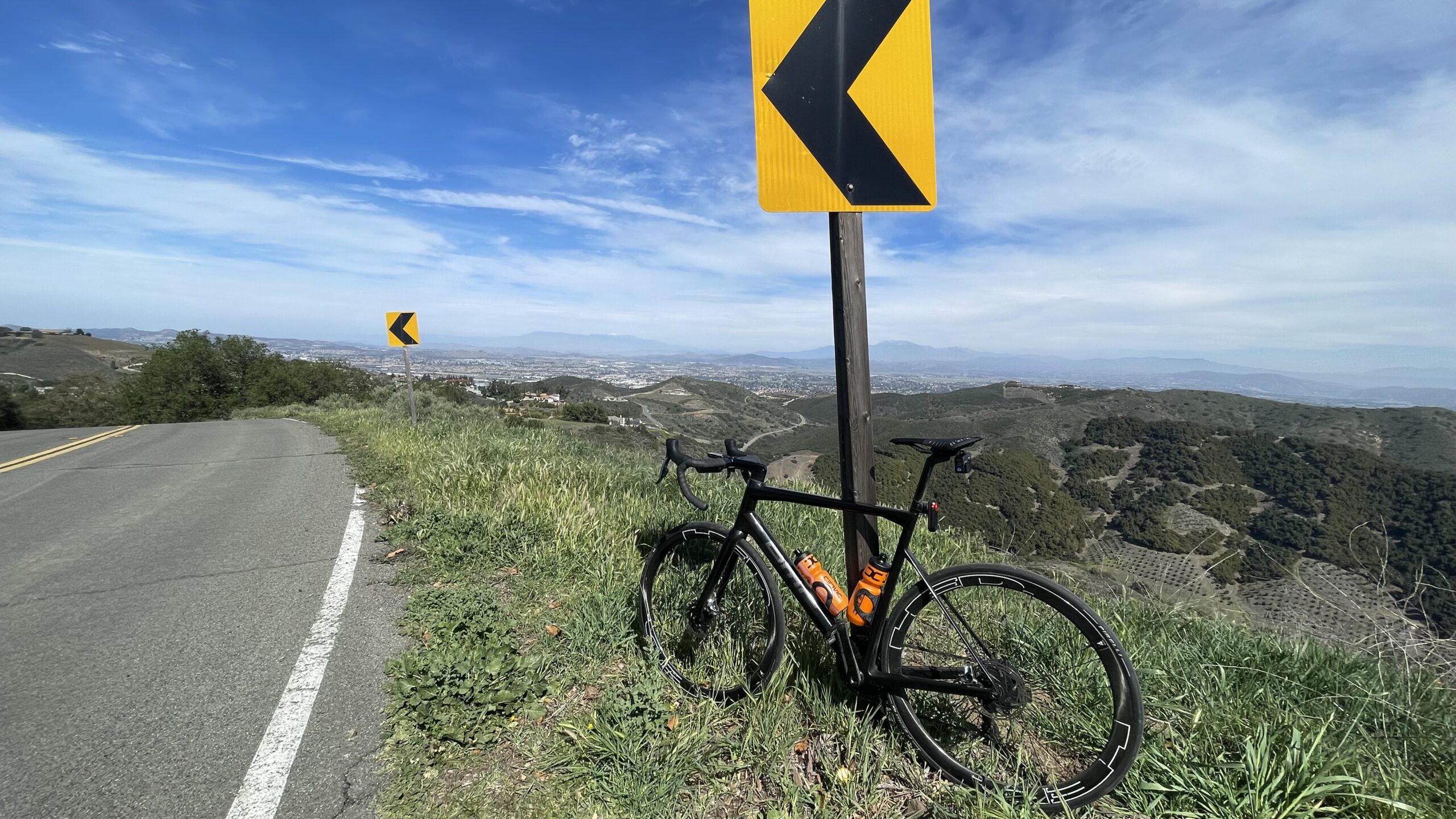
Are Carbon Seatposts and Handlebars for you?
So, there you have it – the lowdown on why carbon seatposts and handlebars are the upgrade your bike didn’t know it needed. Sure, they might cost a bit more than traditional materials, but think of it as an investment in speed, comfort, and style. Plus, you’ll have bragging rights at your next group ride. If this sounds like something that is right up your alley, let’s talk! We work with some great brands like Zipp, Enve, and Easton and would would be happy to help you find the perfect fit your you. In the meantime, get out there and enjoy the ride!

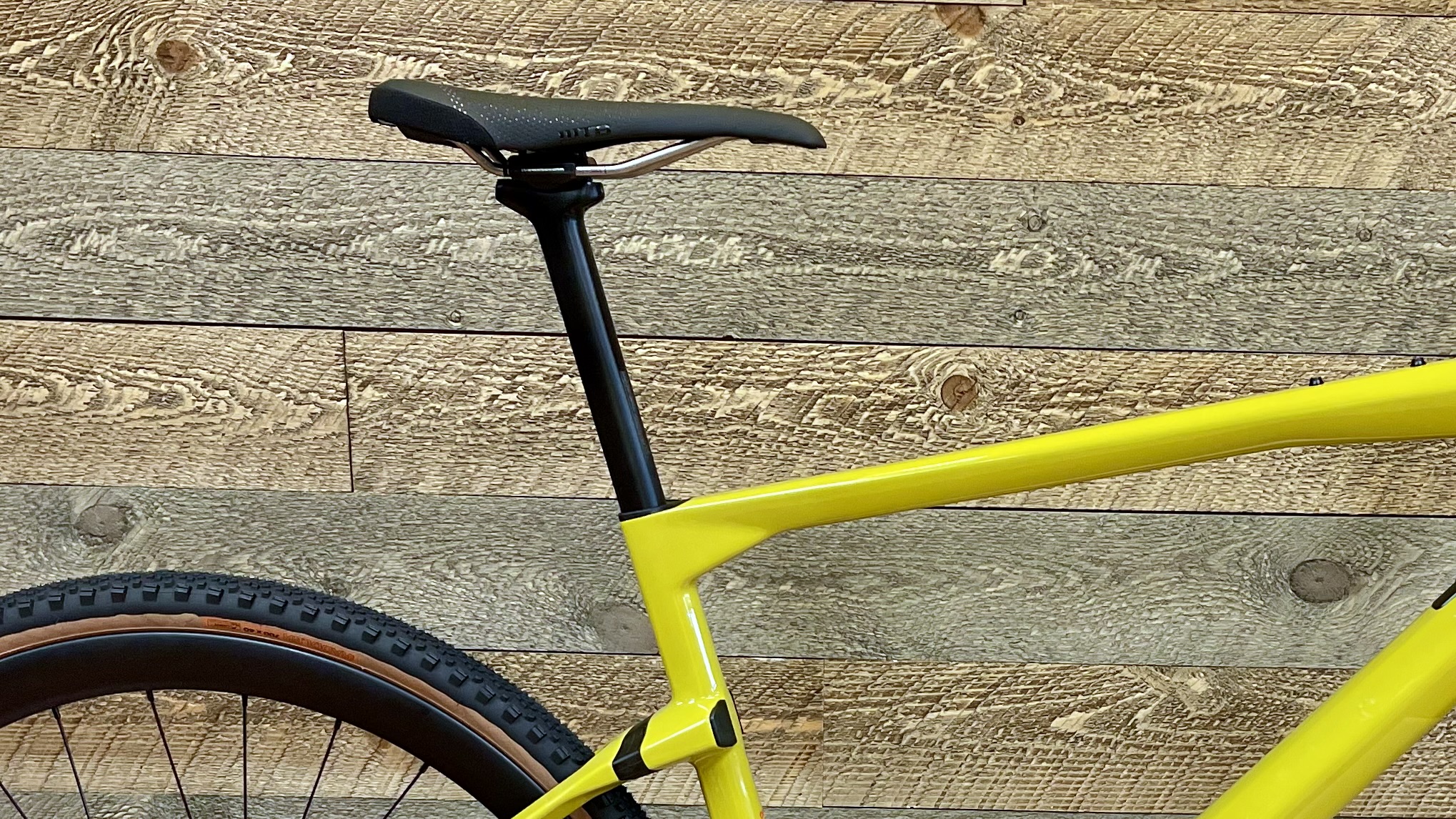
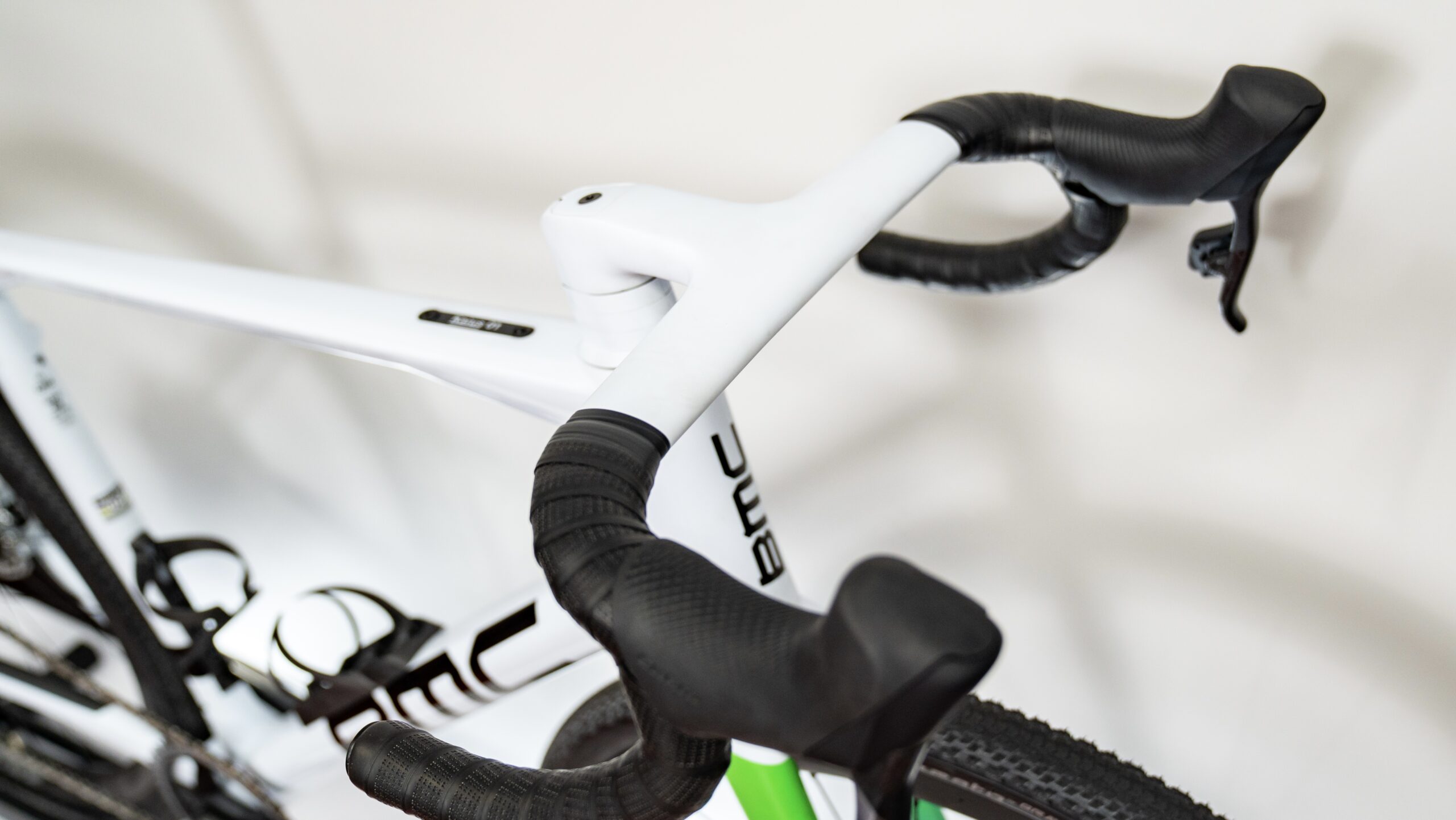

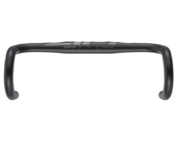
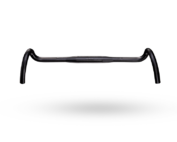
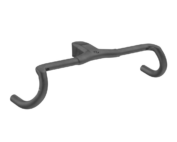
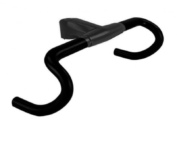
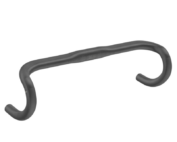

Leave A Comment
You must be logged in to post a comment.